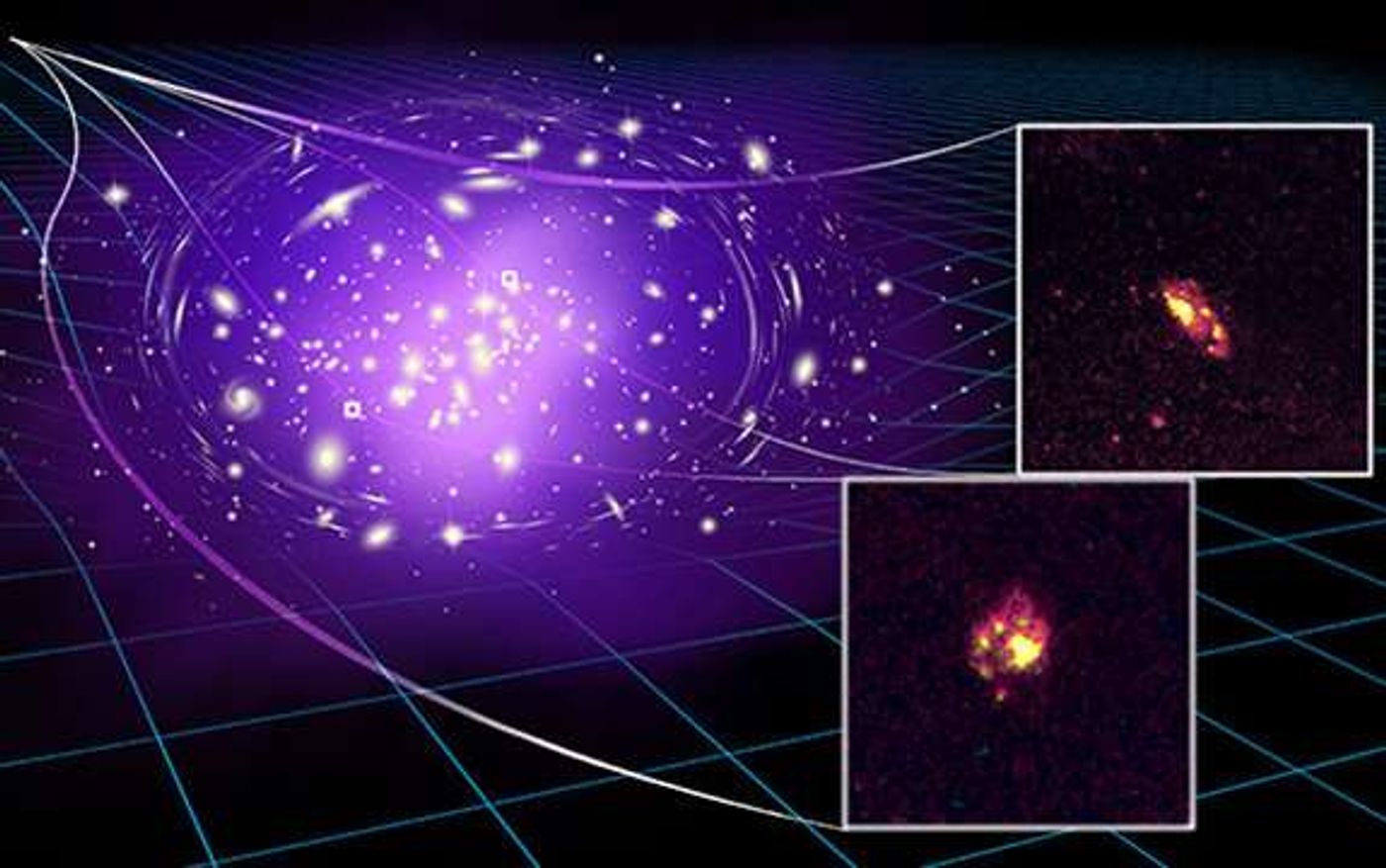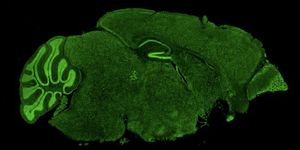Astronomers Probe the Universe's Oldest-Known Spiral Galaxy
Astronomers employing the Near-infrared Integral Field Spectrograph (NIFS) situated on the Gemini North telescope in Hawaii have made strides in acquiring more information about what many experts consider to be the oldest-known spiral galaxy discovered to date in our universe.
Their work has been published in a paper available on the arXiv.org server.
Image Credit: James Josephides
Dubbed A1689B11, this super-old galaxy existed more than 11 billion years ago, and it's captivating astronomers’ interest because of just how rare spiral galaxies were in the early universe.
Obtaining a better understanding how spiral galaxies like this one came to be in the early universe is essential. In doing so, we can validate current theories or postulate fresher and more reliable ones.
Not only was A1689B11 archaic, but it was also exceptionally far away from us. In fact, many space-based observatories don’t possess the optical power needed to gaze upon it. Astronomers circumvent this quandary by tapping into an ingenious method dubbed gravitational lensing.
Related: A gravitational lensing effect multiplied images of this supernova
As experts put it, dene matter scattered throughout outer space exhibit gravitational fields, and these can bend and distort light just like real lenses can. Galaxy clusters, dark matter, and various other forms of matter floating around in the vacuum of outer space can generate these effects.
"This technique allows us to study ancient galaxies in high resolution with unprecedented detail," said study lead author Dr. Tiantian Yuan. "We are able to look 11 billion years back in time and directly witness the formation of the first, primitive spiral arms of a galaxy."
Among their conclusions, A1689B11 produced stars at roughly the same rate of speed as other differently-shaped primordial galaxies of similar masses; that’s about 20 times faster than modern galaxies. Nevertheless, there are still some discrepancies that continue to pique astronomers' interest.
A1689B11 also exhibits little turbulence compared to other galaxies from around the same period, and its rotating disk is both thinner and cooler than experts presumed. These results are shocking, as researchers haven't seen anything quite like it before.
“Studying ancient spirals like A1689B11 is a key to unlocking the mystery of how and when the Hubble sequence emerges,” explained study co-author Dr. Renyue Cen.
“Spiral galaxies are exceptionally rare in the early universe, and this discovery opens the door to investigating how galaxies transition from highly chaotic, turbulent discs to tranquil, thin discs like those of our own Milky Way galaxy.”
Related: Astronomers classify a new type of galaxy structure
There’s unquestionably much to learn from A1689B11 that can sharpen our knowledge about the early universe. Unfortunately, modern technology has its limits. Perhaps the James Webb Space Telescope will be of use in studying primordial galaxies after it launches in just a couple more years.
Source: Phys.org









